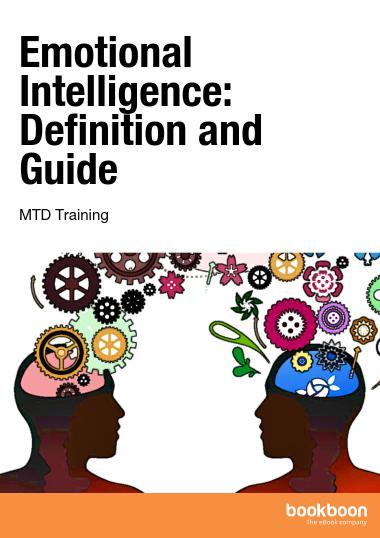Use Emotional Intelligence to improve your results

Emotional intelligence can appear in multiple forms and has multiple impacts in the workplace. But what each of the examples that follow have in common is that EI always made a difference in how the employees performed and in the results they were able to produce.
The Value of Optimism
In a study by Martin Seligman at Met Life, it was discovered that those with high emotional intelligence also had high levels of optimism. In this sense, Seligman is referring to the ability to handle setbacks. He discovered that optimists are able to look at a roadblock as something external to them and temporary, while pessimists view them as being caused by some internal flaw and having permanence.
That sounds fine, but why does it matter? The researchers discovered that the sales people who showed high levels of optimism sold 37 percent more insurance that the pessimists in the first two years on the job. Furthermore, the company hired a group of new sales people who failed the normal job screening tests but tested high on the optimism scale. They sold 21 percent more insurance in their first year on the job and 57 percent more during their second year on the job. Clearly, emotional intelligence in the form of optimism was more important in predicting performance than the traditional ‘intelligence’ tests the company had been using.
Cost-Savings from EI
Another example comes from the experience of the US Air Force. When hiring recruiters, the government used an emotional intelligence test as part of the process. They found that the recruiters who performed the best were the ones that had scored the highest on the EI test – particularly in the competencies of emotional self-awareness, empathy, happiness, and assertiveness.
The Air Force soon learned that it could increase the chances of hiring successful recruiters by three times as much if they used the EI test. They found that using EI tests saved over $3 million annually by being able to hire the right people the first time.
EI and Safer, Happier Workplaces
Another study showed that EI could have an impact on safety and labor relations in a manufacturing environment. In one plant, supervisors were trained in EI competencies related to listening to employees and helping them have the self-confidence to solve problems on their own. The results: Formal grievances reduced by 80 percent, the plant passed their production goals by a quarter of a million dollars, and lost-time accidents were cut in half.




